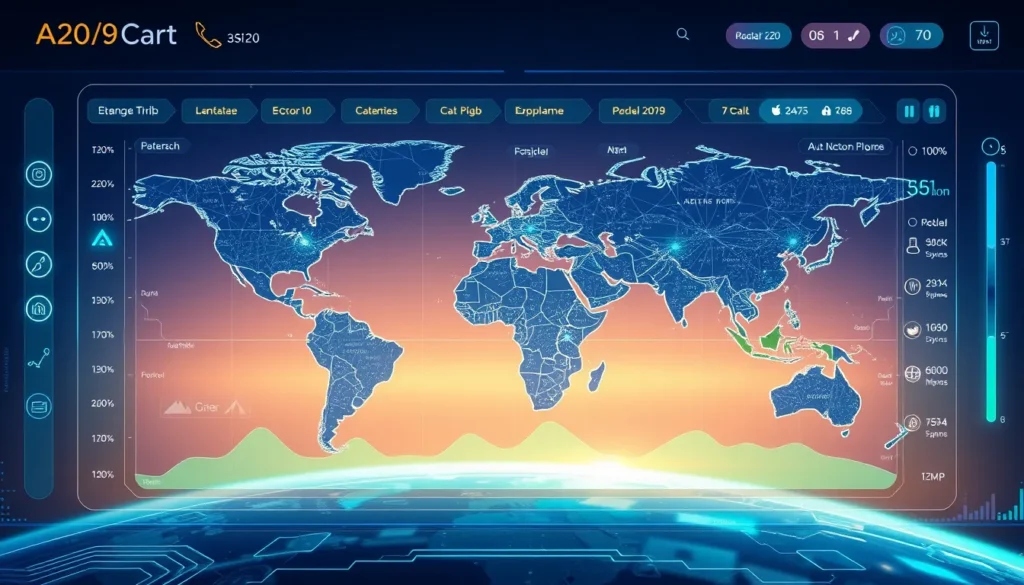Now Reading: Unmasking AI Deepfake Scams: Securing Digital Trust
-
01
Unmasking AI Deepfake Scams: Securing Digital Trust
Unmasking AI Deepfake Scams: Securing Digital Trust

Unmasking AI Deepfake Scams: Securing Digital Trust
In today’s rapidly evolving digital landscape, AI deepfake scams have emerged as a significant threat to public trust and online security. These scams leverage deepfake technology to create hyper-realistic images, videos, and audio recordings, deceiving even the most discerning viewers. As fraudsters exploit these capabilities to impersonate trusted figures and manipulate information, it becomes crucial for organizations, governments, and individuals to understand the risks and adopt robust digital authentication measures.
Understanding AI Deepfake Scams
AI deepfake scams refer to fraudulent actions that utilize advanced deepfake technology to produce fabricated media. Such scams can lead to significant consequences, ranging from financial loss to the erosion of trust in digital communications. Fraudsters can impersonate CEOs, public officials, or even personal contacts, aiming to extract sensitive information or money. Additionally, the sophistication of these deepfakes, often powered by machine learning algorithms, leaves traditional verification methods struggling to keep pace.
The Role of Deepfake Technology
Deepfake technology has rapidly evolved, pushing the boundaries of what is visually and audibly possible. Originally developed for entertainment and creative purposes, its application has expanded into both beneficial and malicious territories. On the negative side, digital deception becomes a tool for scammers, using AI-generated deepfakes to manipulate public perception and orchestrate elaborate fraud schemes. This misuse signals the need for heightened awareness and more secure authentication mechanisms.
Digital Authentication: A Necessity in Cybersecurity
The proliferation of AI deepfake scams is a wake-up call for cybersecurity experts worldwide. Traditional security measures are being outpaced by the speed at which deepfake technologies evolve. In response, cybersecurity professionals and digital authentication experts are advocating for improvements in verification protocols. New strategies include the incorporation of blockchain technology and advanced forensic tools designed to detect minute anomalies in digital media. These innovations help ensure that the integrity of genuine communications is maintained.
How to Detect AI Deepfake Scams
One of the most pressing challenges is learning how to detect AI deepfake scams effectively. Here are some proven strategies:
- Analyze inconsistencies: Look for subtle discrepancies in lighting, facial expressions, or audio synchronization that might indicate media manipulation.
- Use forensic tools: Leverage advanced technology and software solutions designed to detect deepfake content by analyzing metadata and compression artifacts.
- Verify sources: Always cross-reference received media with official channels or reputable news sources.
- Maintain digital literacy: Stay informed about emerging deepfake techniques and common scam tactics.
By adopting these strategies, individuals and enterprises can better protect themselves against sophisticated digital deceptions.
Countermeasures for Deepfake Scams
Countermeasures for deepfake scams are essential to safeguard public trust and secure digital communications. Here are several targeted approaches:
- Enhanced Digital Authentication: Strengthening identity verification processes through multi-factor authentication and blockchain-based records can significantly reduce vulnerability to fraud.
- Regulatory Development: Legislators and policymakers must work in tandem with cybersecurity experts to draft updated regulations that address the challenges posed by deepfake scams.
- Public Awareness Campaigns: Educating the public on the risks associated with AI-generated deepfakes and how to spot them plays a critical role. Regular workshops, online webinars, and cybersecurity resource centers are effective tools in this regard.
- Collaborative Innovation: Technology companies, cybersecurity firms, and governments should foster collaboration to develop cutting-edge forensic tools and detection algorithms. An excellent resource for further reading on innovative cybersecurity strategies is the Cybersecurity & Infrastructure Security Agency, which offers valuable insights and guidelines.
Deepfake Scams: Impact and the Way Forward
The impact of AI deepfake scams extends far beyond immediate financial loss. They undermine confidence in media and official communications, making it increasingly difficult for consumers to trust what they see and hear online. As deepfake technology becomes more accessible, the scale and sophistication of these scams are set to rise. Stakeholders from all sectors must, therefore, commit to continuous improvement of digital security measures, research into new verification technologies, and collaborative efforts to curb the spread of digital deception.
Frequently Asked Questions (FAQs)
Q: How can I detect AI deepfake scams?
A: Start by scrutinizing the authenticity of digital media for any inconsistencies. Use specialized forensic tools, compare content across multiple sources, and always verify through official channels.
Q: What countermeasures exist for deepfake scams?
A: Effective countermeasures include enhanced digital authentication protocols, robust regulatory frameworks, public awareness initiatives, and the development of advanced detection technologies.
Conclusion
AI deepfake scams represent a complex challenge in our digital era. As fraudsters continue to refine their techniques, everyone from cybersecurity professionals to everyday digital consumers must be vigilant. By understanding the mechanisms behind deepfake technology, embracing advanced digital authentication methods, and educating the public about detection strategies, we can improve our resilience against these increasingly sophisticated scams. The fight against digital deception is multifaceted, but with coordinated efforts and ongoing innovation, securing our digital trust is an achievable goal. Remaining informed and proactive is the key to outsmarting those who seek to exploit technological advancements for nefarious purposes.
For additional insights on cybersecurity and digital authentication, experts recommend reading related articles on Wired and staying updated with current trends from trusted cybersecurity sources.

























